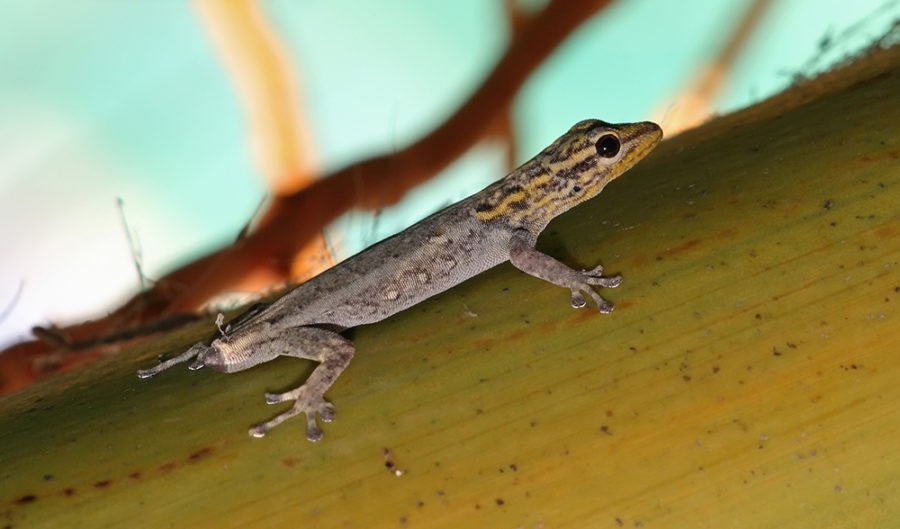How do lizards drop their tails?

A lizard severs its tail as a self-defence mechanism in order to distract its predator – this is known as autotomy (literally from the Greek ‘self’ and ‘sever’) or self-amputation.
Lizards are born with a line of weakness in their tail, technically called a fracture plane. If a point on the tail is hit or stressed, the muscles along the fracture plane pull away from one another rather than knitting together – this is known as a reflex muscle spasm. The pulling apart of the muscles causes the tail to fall off along the line of weakness.
Lizard tail autotomy has developed so that when the tail breaks there is no blood loss, and the tail regrows over six months to a year. The tail skeleton is replaced by a rod of cartilage with new muscles growing along it, producing a replacement tail that is usually shorter and less coloured compared with the original.
Lizards aren’t the only animals capable of self-amputation. Over 200 species of invertebrates are capable of using autotomy for self-defence, and it’s even a behaviour known to be used by mammals – at least two species of African spiny mice can release skin upon being captured by a predator, and later regenerate the lost skin (hair follicles, sweat glands, fur, cartilage and all) with little or no scarring.
Dr Mark Hutchinson is a senior researcher at the South Australian Museum.

